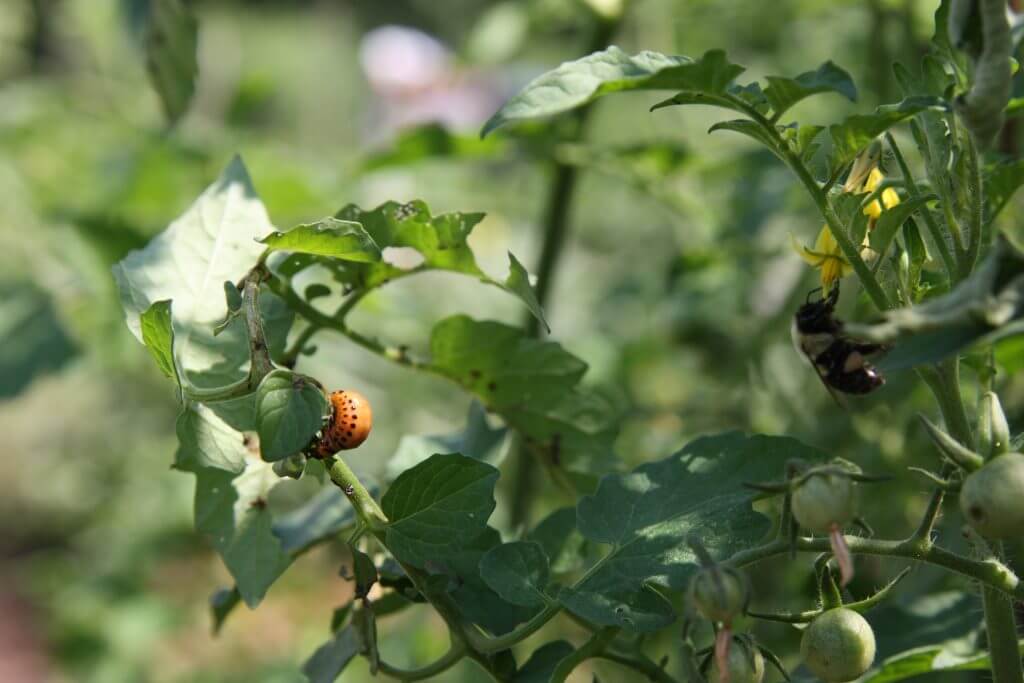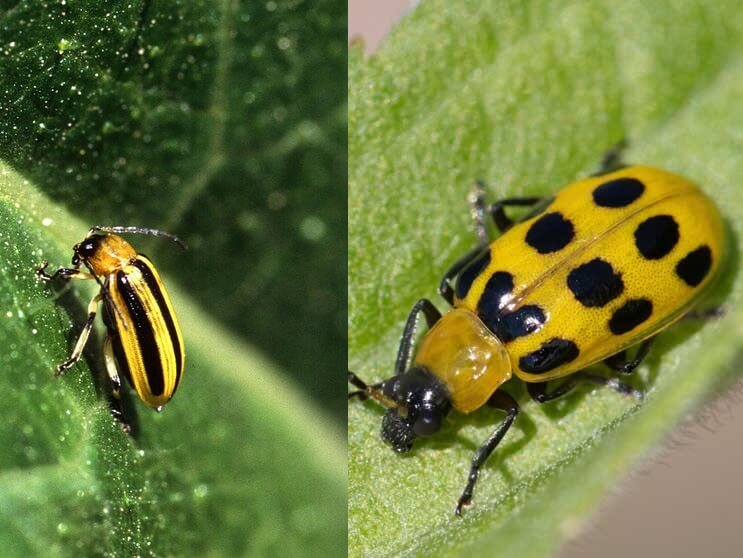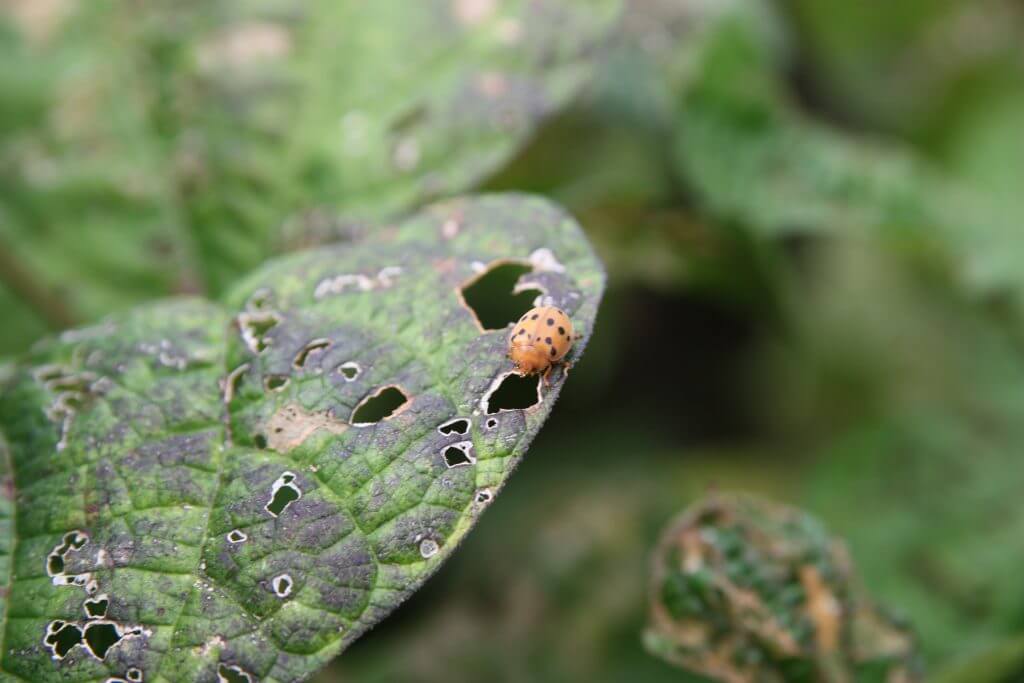
In August, high summer is well established. Drought and hot weather have generally taken their toll on gardens and gardeners, both of which may look and feel a little tired. Caught between the tail end of the daylilies and the beginning of the asters, the holes in the borders begin to fill with crabgrass and other evil weedy entities. We all want our plantings to look lovely, but when it is 95 degrees F in the shade the usual urge to dig in the dirt or refresh the containers is tempered by a natural reluctance to lift more than two fingers.
What to do? A bit of inspiration won’t cool things off, but it may make the garden look better. The following are a few easy-to-grow and easy-to-love plants that are in bloom now and can improve the look of late summer beds and pots.
Cheap Annuals

Most garden centers still have a few summer annuals left, generally lurking on the sale tables or grouped into mixed container arrays. The garden centers want them out, and as long as the plants are still relatively pretty and healthy, you can use them to refresh your garden plantings. A few of these plants will be goners, but many simply need liberation from the pots that have housed them since spring, a bit of pruning or pinching back, a judicious amount of liquid plant food, and a fair amount of water. Leggy petunias, sad impatiens, and seemingly spent snapdragons usually take to tender loving care and will respond by bouncing back and blooming nicely until frost.
Go to the garden center early in the morning, late in the afternoon, or on a cloudy day. Bring your bargain plants home, apply the restorative treatments right away, and pop them in place in the cool of the evening. Don’t be afraid to disaggregate mixed containers and install the individual plants wherever you need them. Mixed containers are all marriages of merchandising convenience anyway.
Now and Later Perennials

When you take your cool-of-the-day trip to the garden center, keep an eye out for perennial species and varieties that are in bloom now. Black-eyed Susans (Rudbeckia spp.) and their relatives, the ever-increasing coneflower clan (Echinacea spp.), are in bloom at nurseries all over the country and will multi-task when you get them home, supplying color now and the promise of the same thing next year at this time. Their daisy-family kin, the tickseeds (Coreopsis spp.) are also in bloom and should produce at least one more flush before frost if you deadhead them at planting time. Look for reliable, tried-and-true varieties found at almost any nursery, such as the classic Coreopsis ‘Moonbeam’ with its vigorous habit and numerous pale-yellow flowers, and Echinacea purpurea ‘Magnus’ with its large pink flowers with dark cones.
Less formal perennials of late summer include Joe Pye-Weed (Eupatorium purpureum, 5-7′) a late summer star, especially for informal, cottage-type gardens or native borders. This lofty perennial may not fit all garden sizes, so those with smaller borders may consider planting the somewhat shorter Joe Pye-weed, Eupatorium dubium ‘Little Joe’, which reaches only 3-4′ in height. All Joe Pye-weeds are stellar butterfly plants. Wand flowers (Gaura spp.) are also great late-summer butterfly plants that are airy, beautiful and generally drought tolerant. The delicate variety ‘Pink Fountain’ is one of several pink-flowered forms that shine at this time of year. Use them in mid-border or medium-size pots for stature and delicacy.
Magnificent Mallows

Late summer is prime time for striking members of the mallow family, including shrubs like rose of Sharon (Hibiscus syriacus) and bodacious perennial bloomers like hardy, native, swamp mallow (Hibiscus moscheutos). Both are widely available at nurseries and garden centers and bear large, prominent hollyhock-like flowers combined with attractive foliage. Plugging a few mallows into a mostly fallow flower garden will add instant impact. A container full of ‘Disco Belle Pink’ swamp mallow, with its enormous pink flowers, or large, red-flowered ‘Heartthrob’, will light up even the most uninspired space.
The large, bushy swamp mallow requires full to partial sun and can be grown either in-ground or in large containers. If you try growing one in a container, start with a high-quality, moisture-retentive potting medium, like Fafard® Ultra Container Mix With Extended Feed. Late summer mallows, especially the swamp type, are moisture lovers and the moisture-holding crystals in the Fafard mix will keep the plants happy, even during the inevitable dry spells.
Planting at the day’s coolest or cloudiest times will help new plants and heat-depleted gardeners stave off stress. Be sure to water in plants as they are installed and the water daily, if necessary, until the weather starts to cool off. After that, relax. Your garden will have inspired the neighbors, even during summer’s dog days, and you will be ready to start thinking about all those bulbs that you ordered while sitting in front of the AC in August.
Read more summer gardening articles:
Protect Plants from Summer Heat
Pruning Summer Flowers









